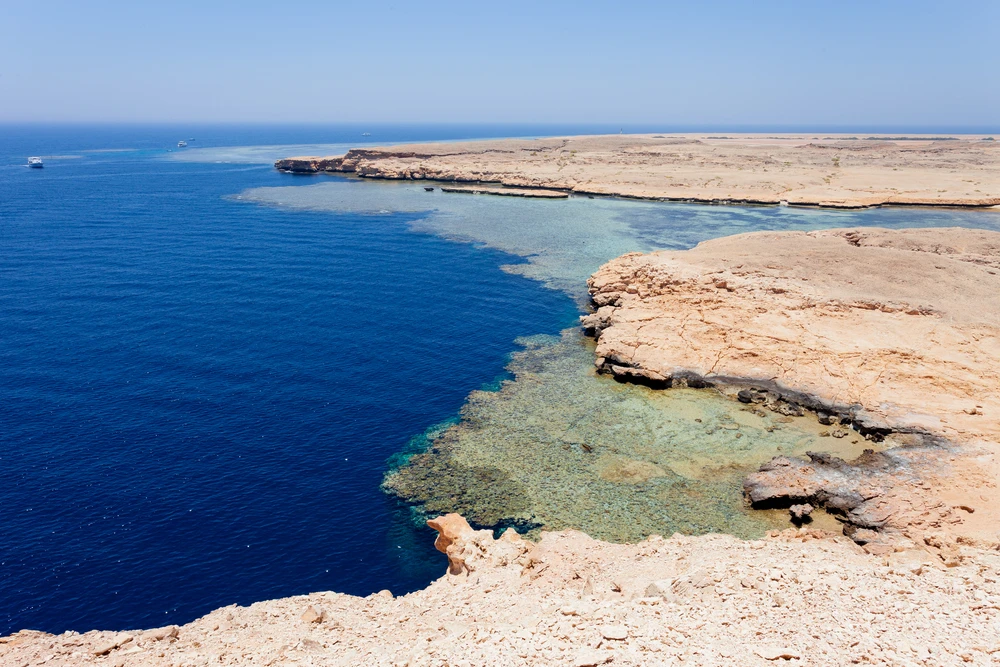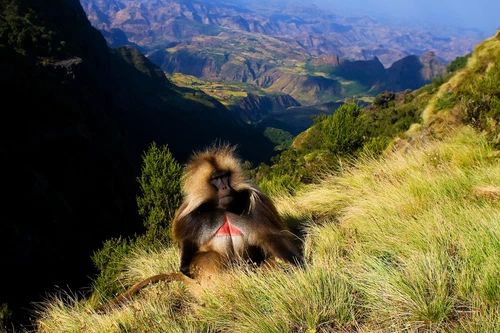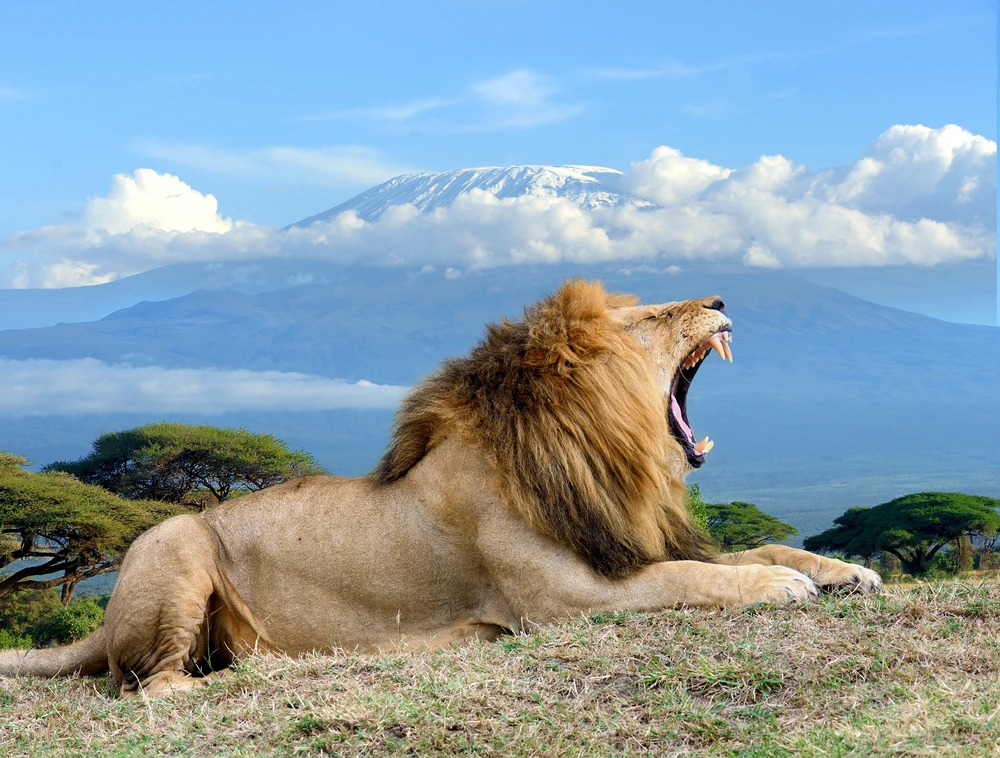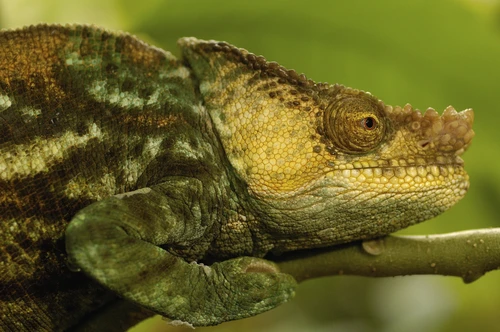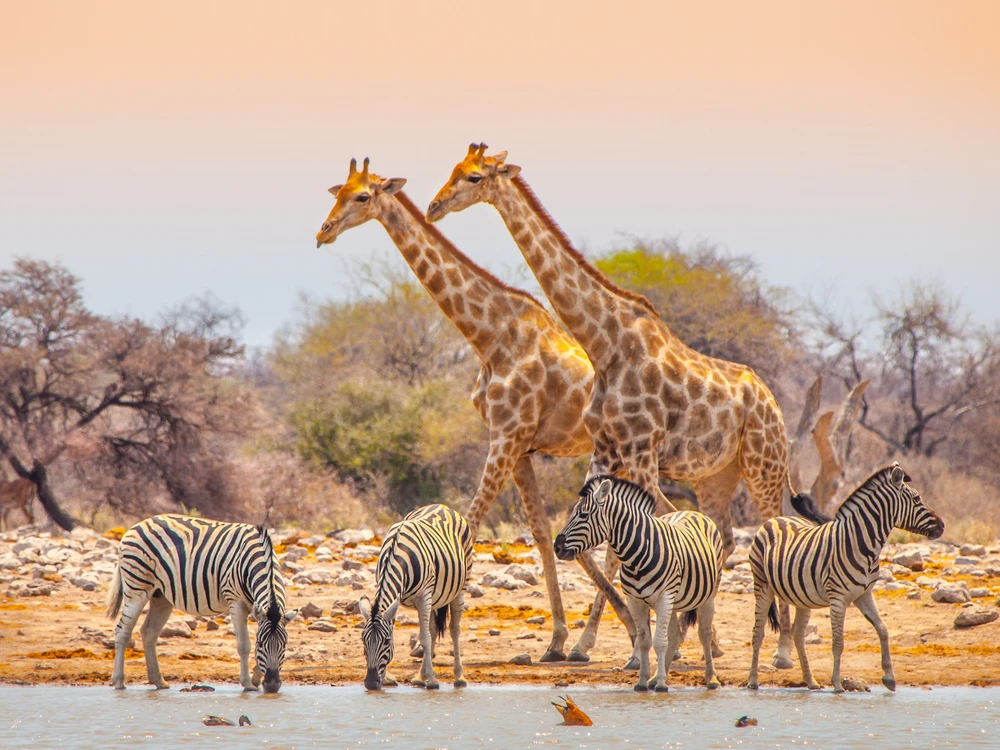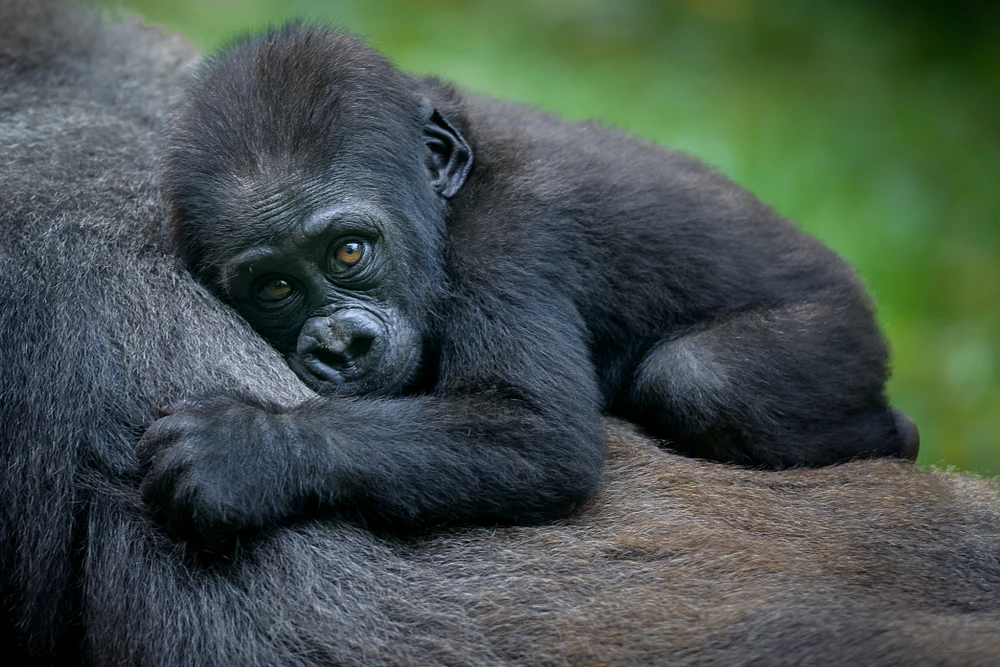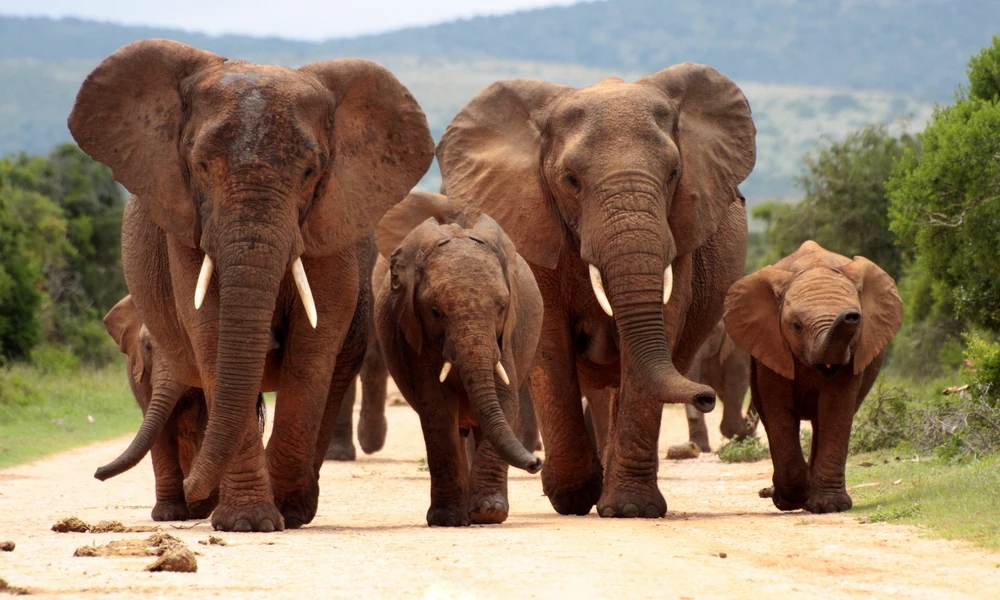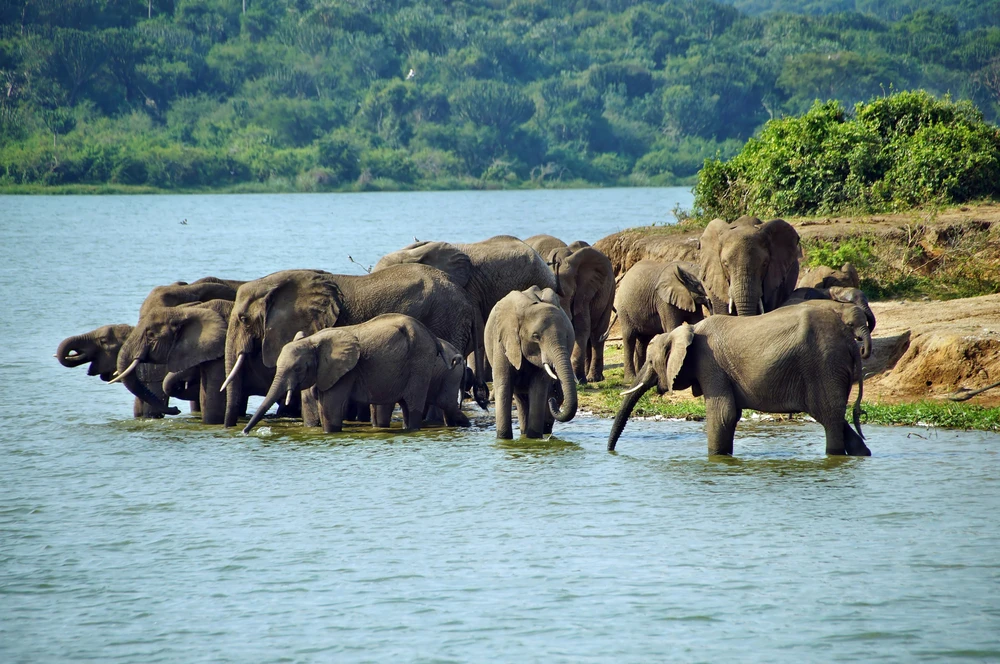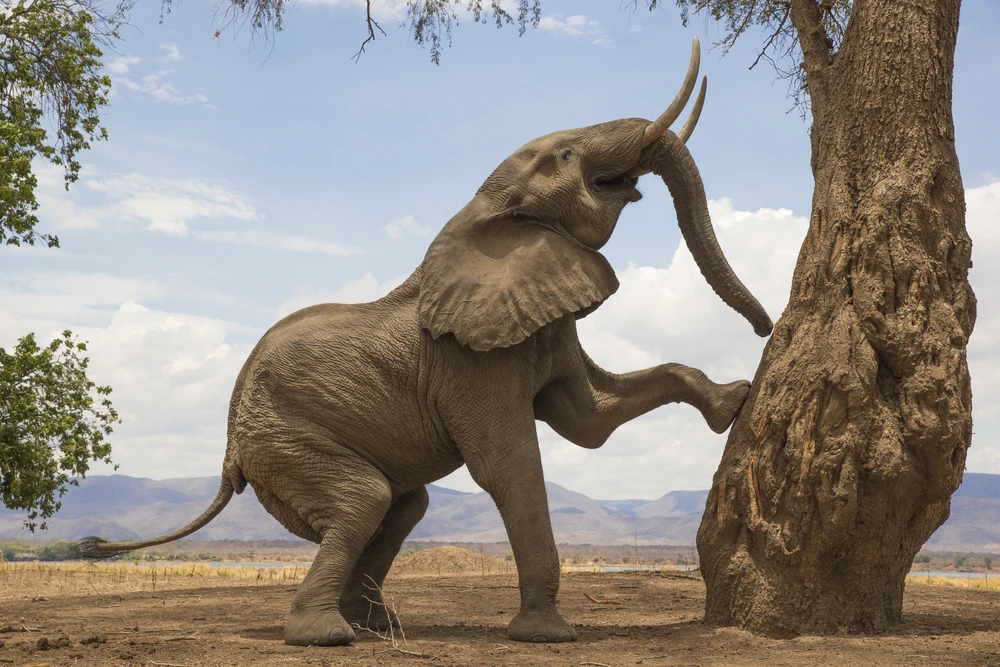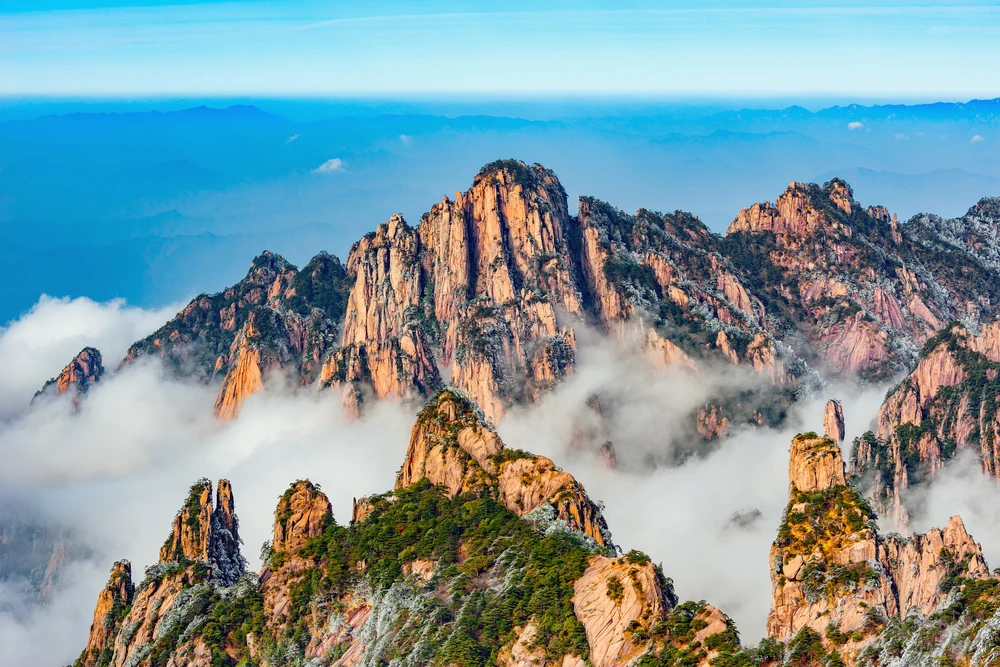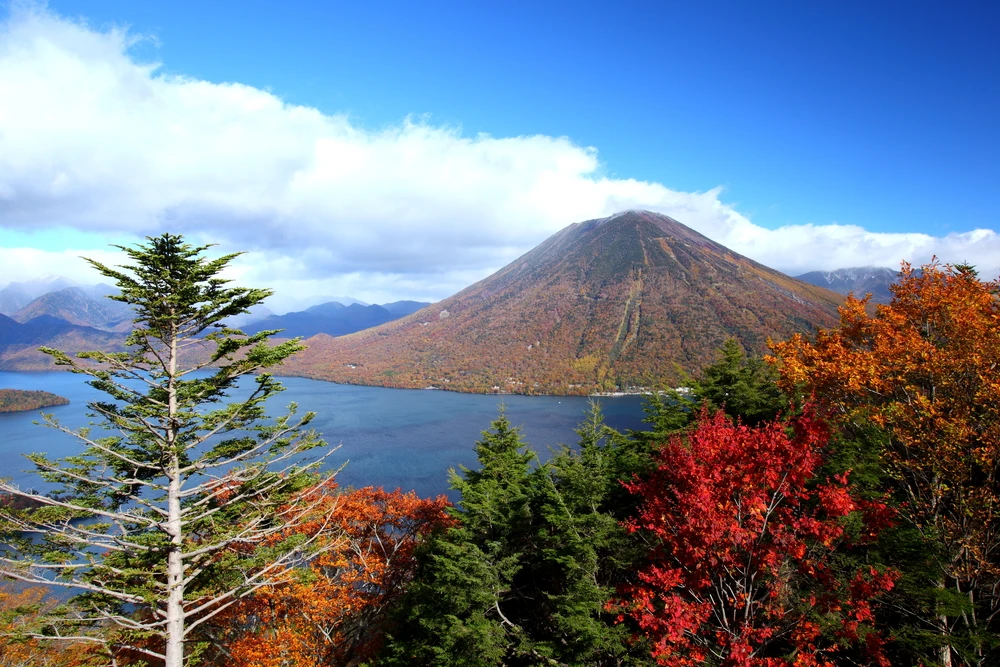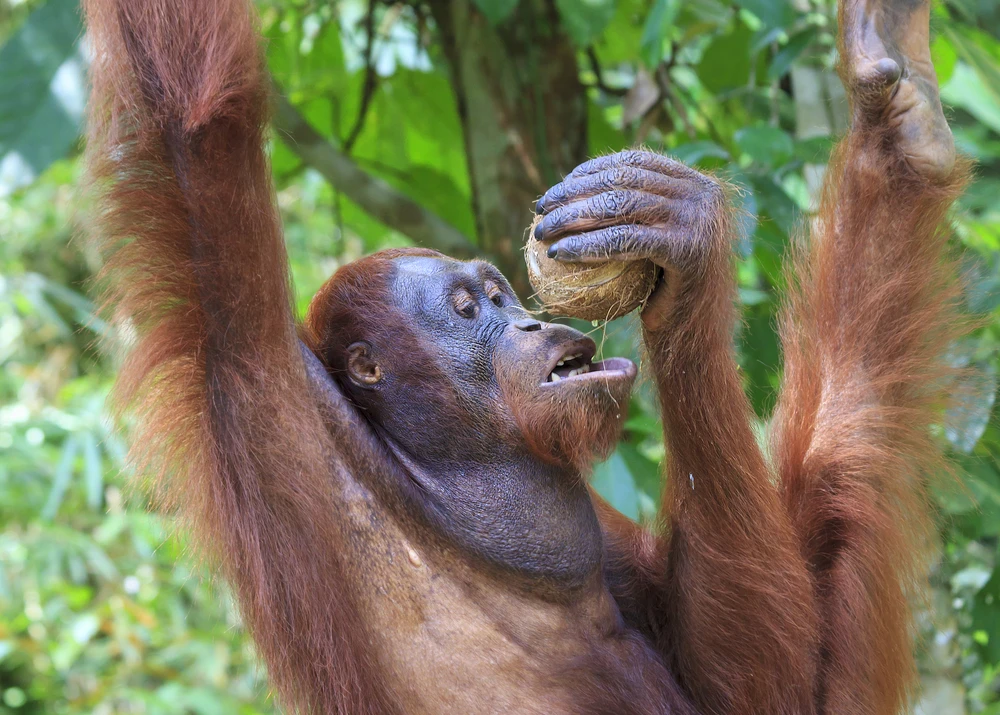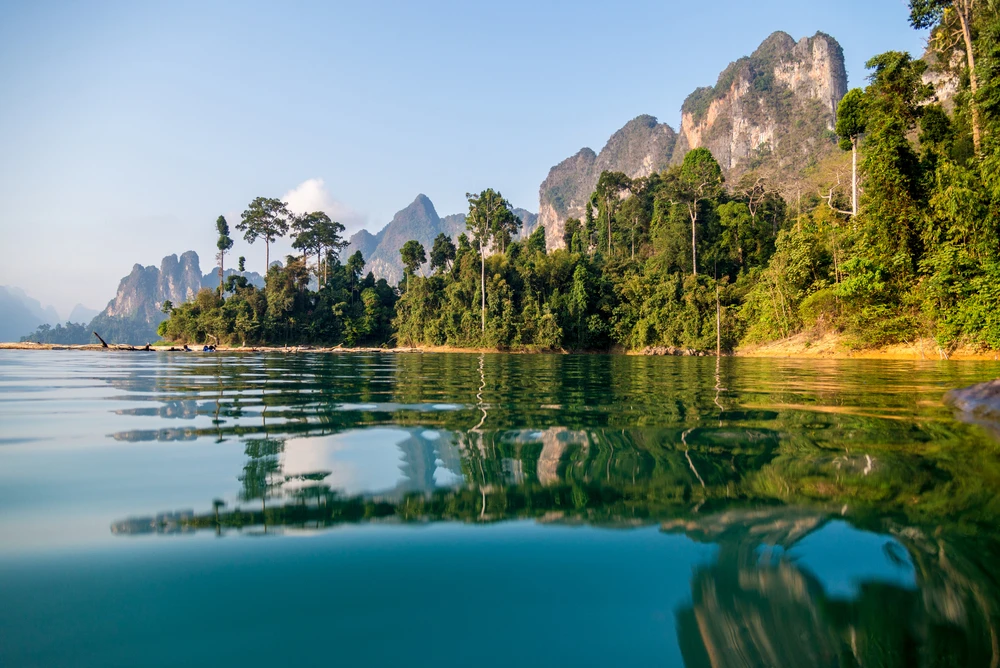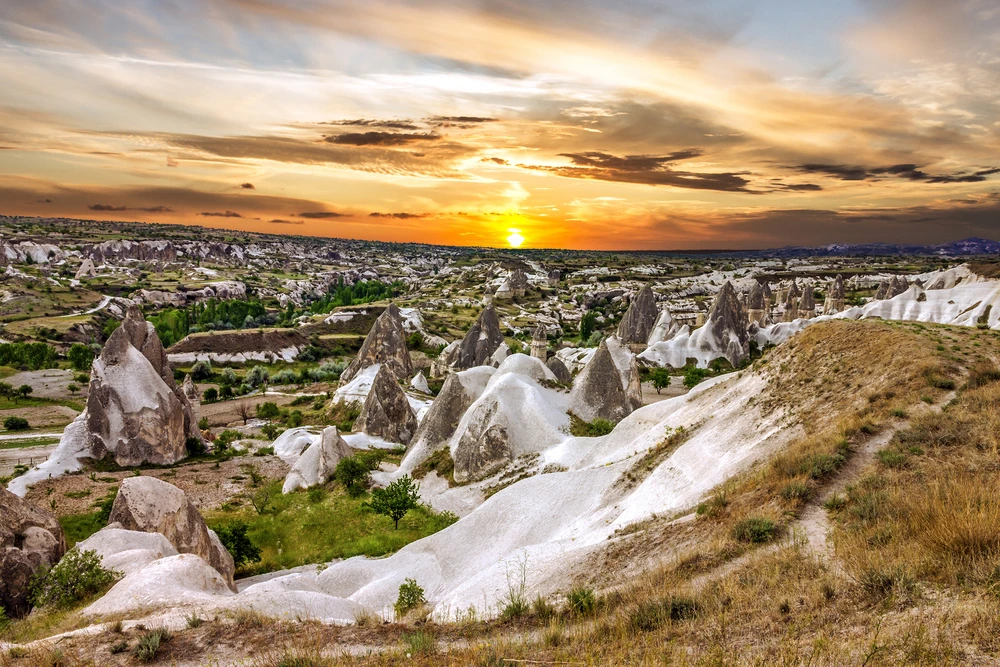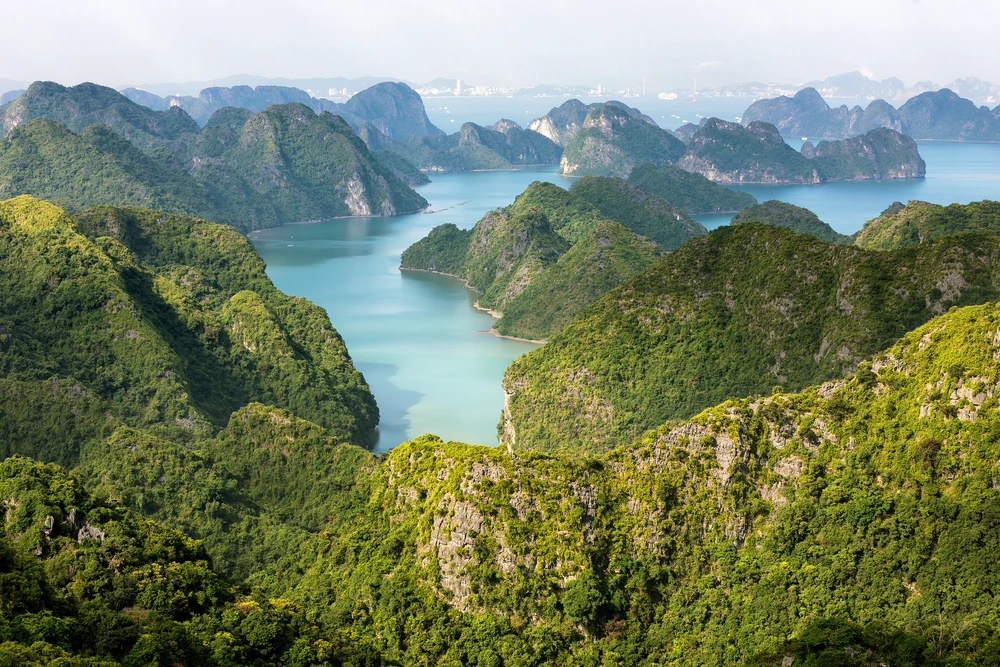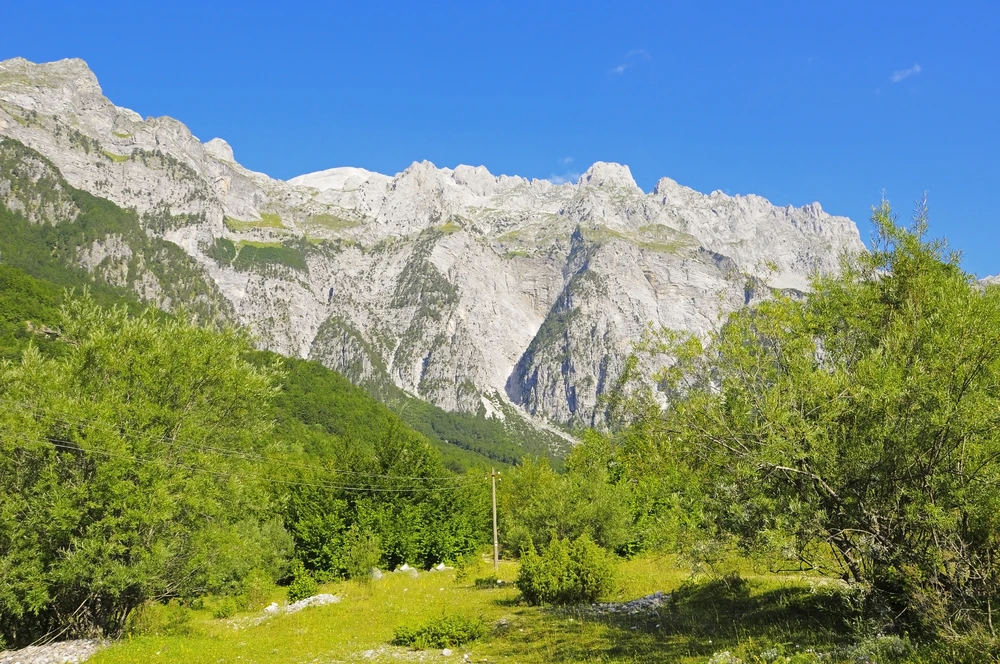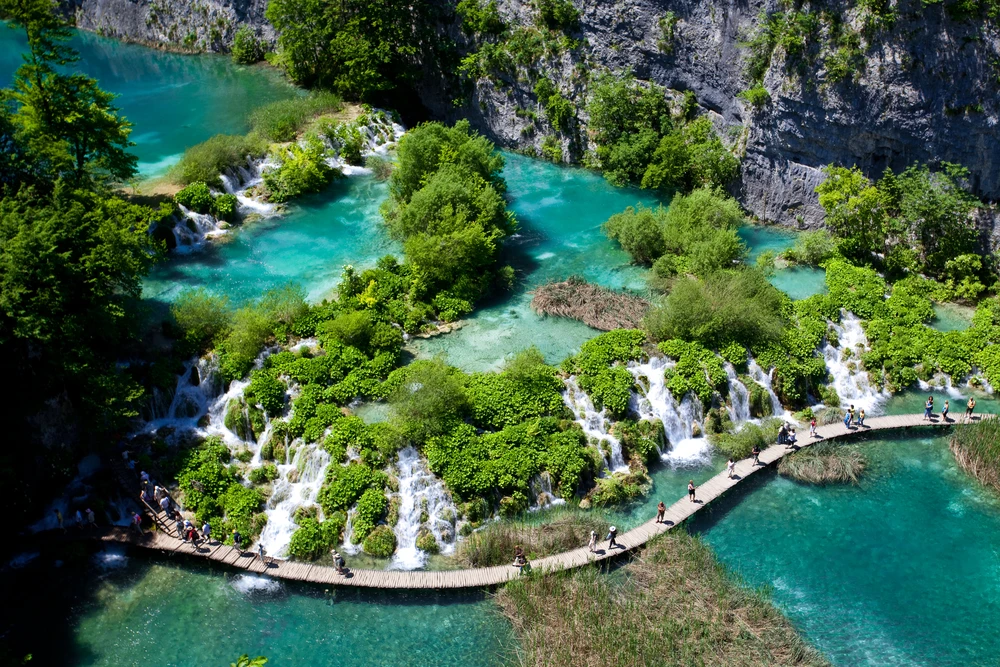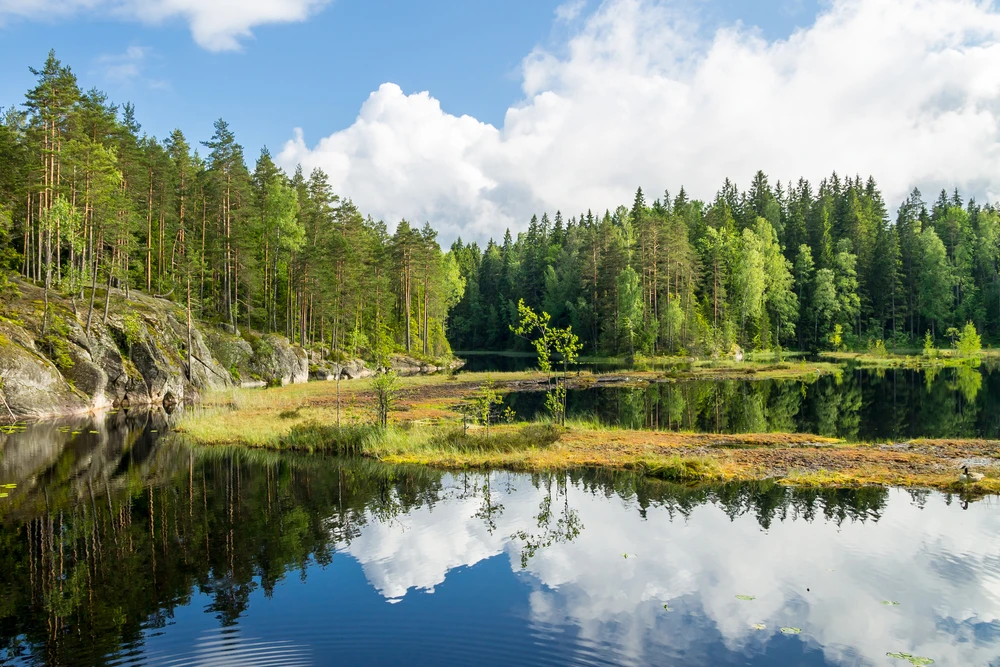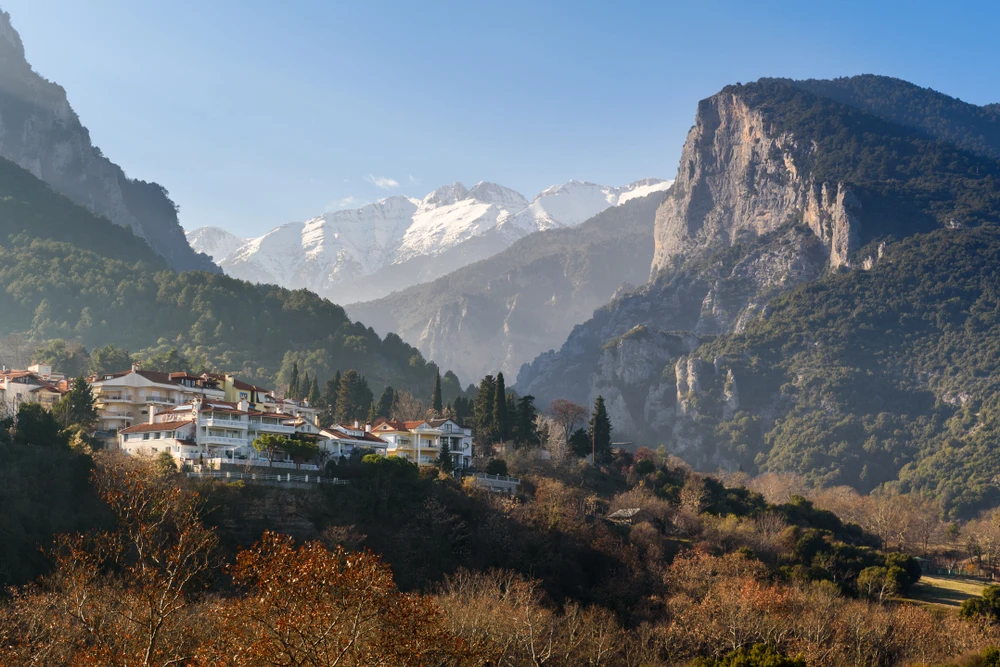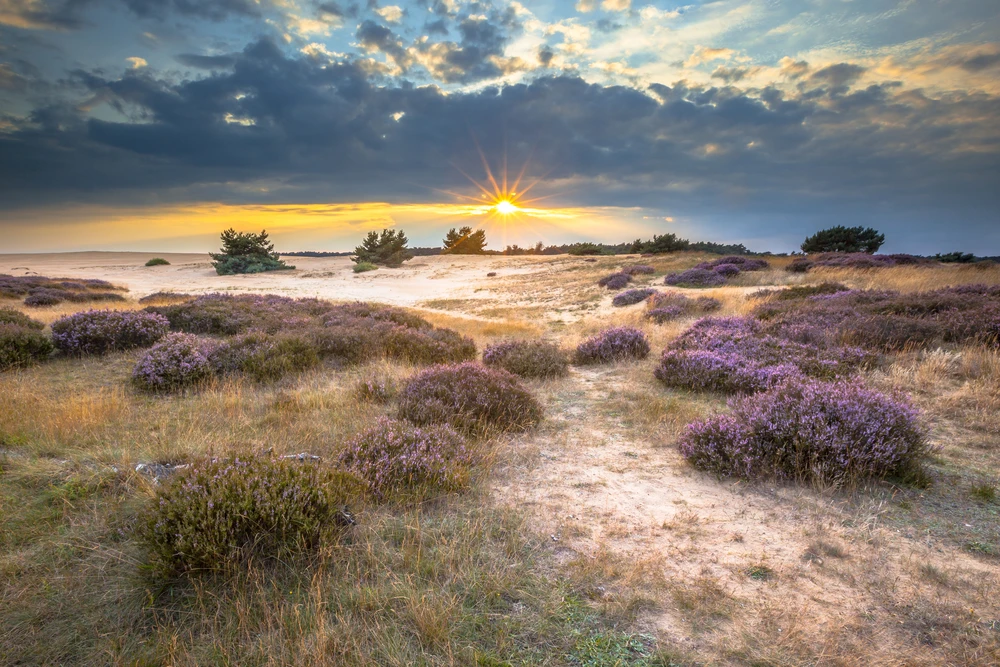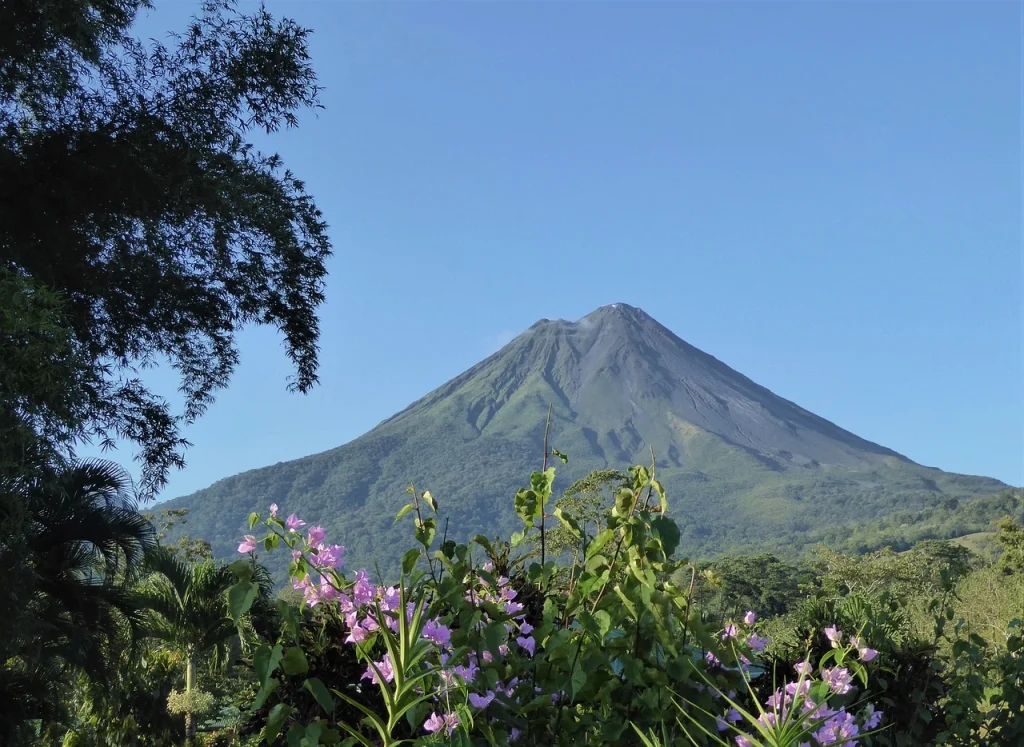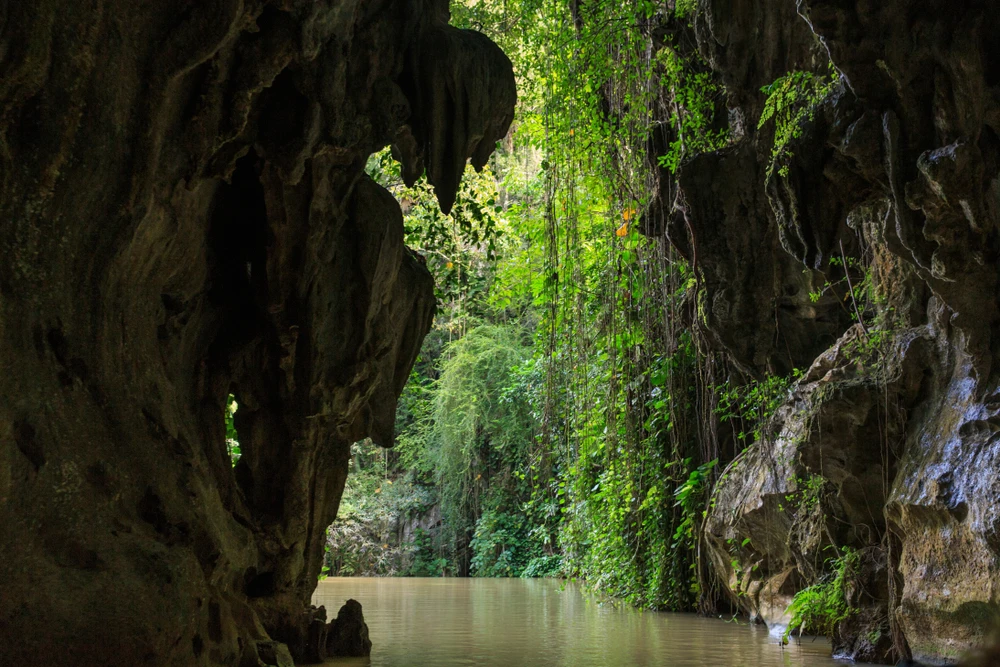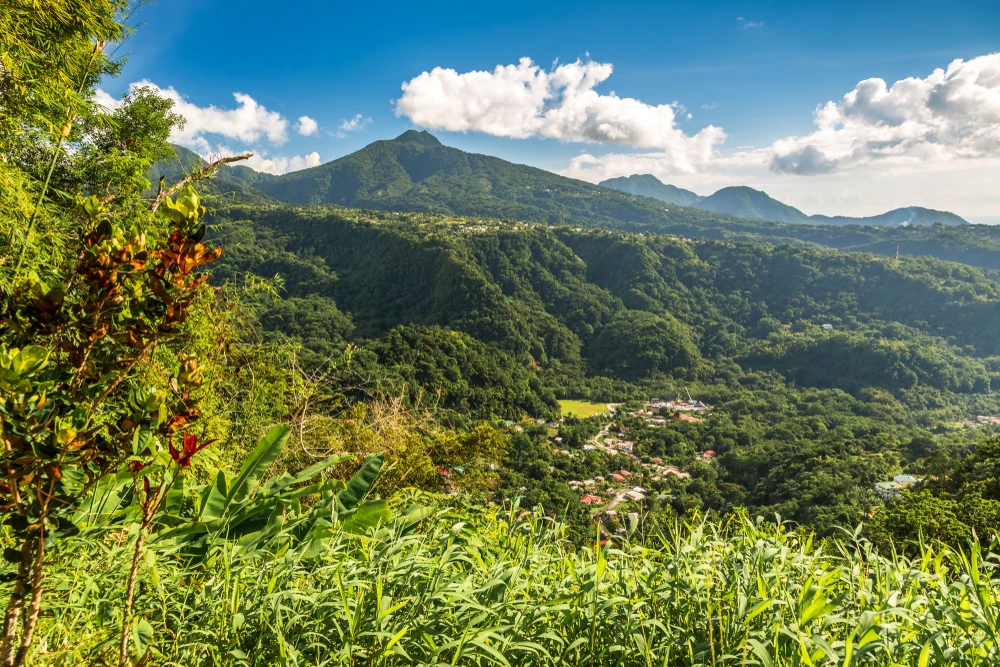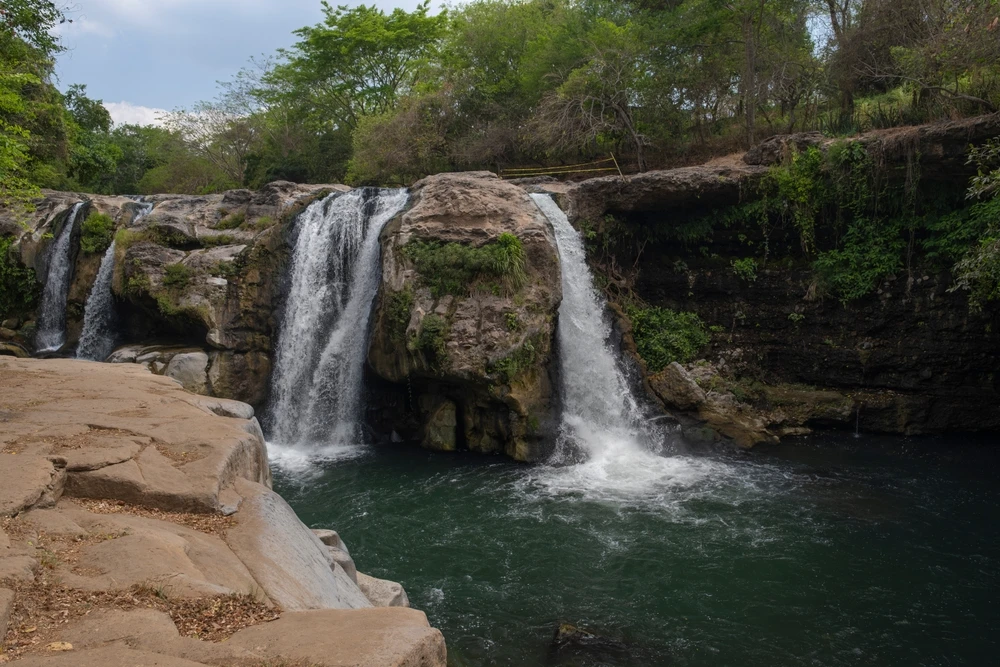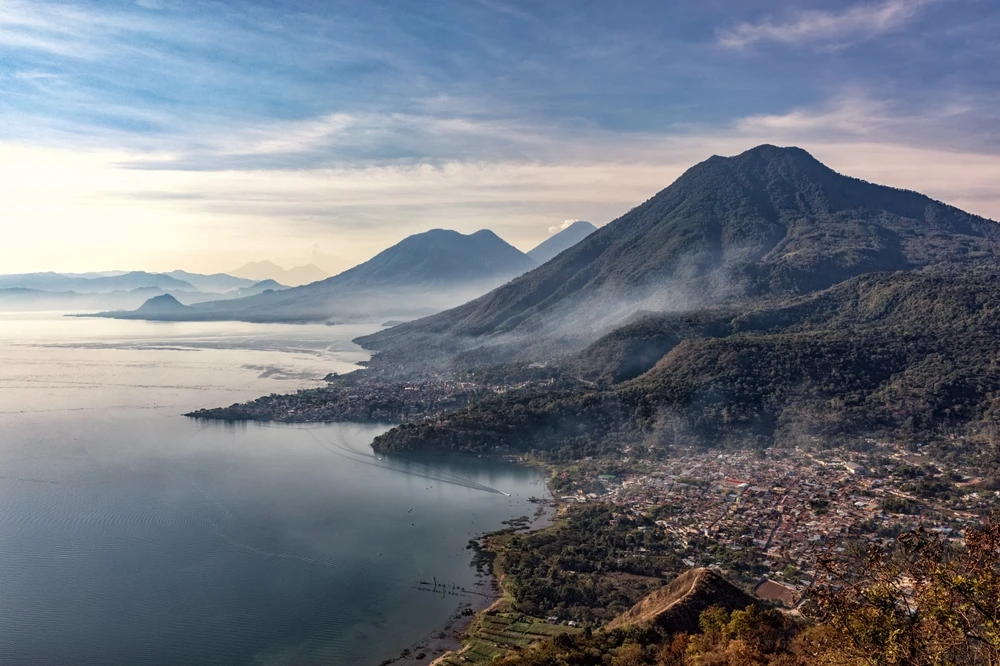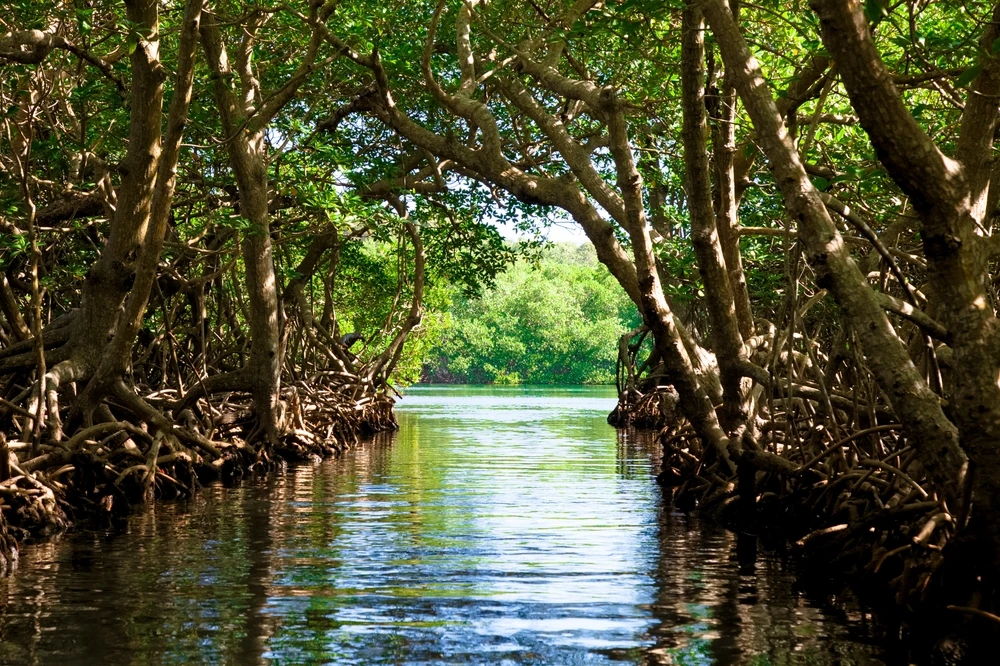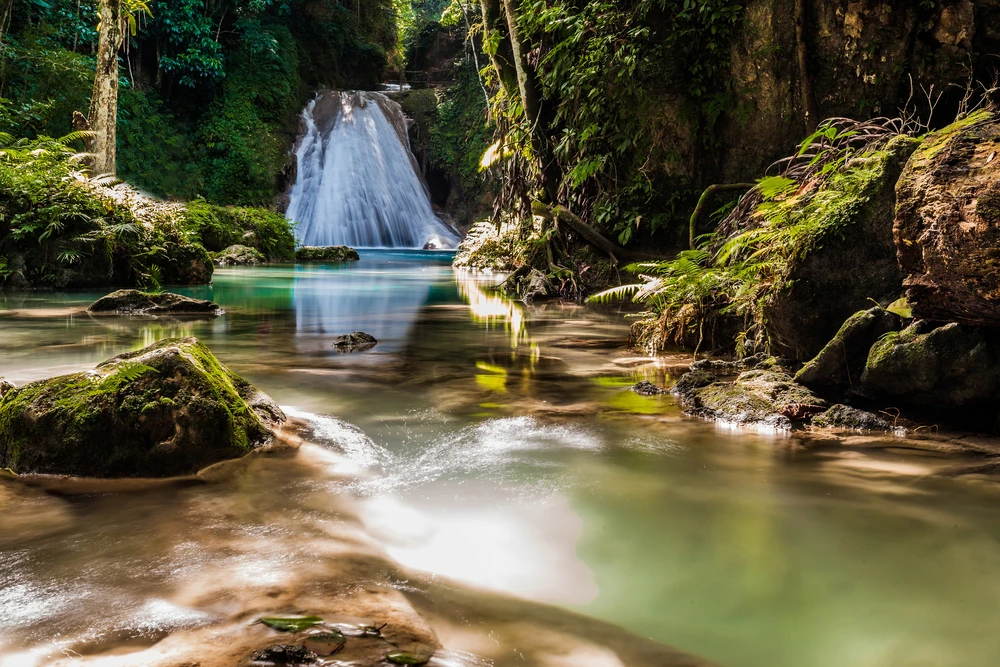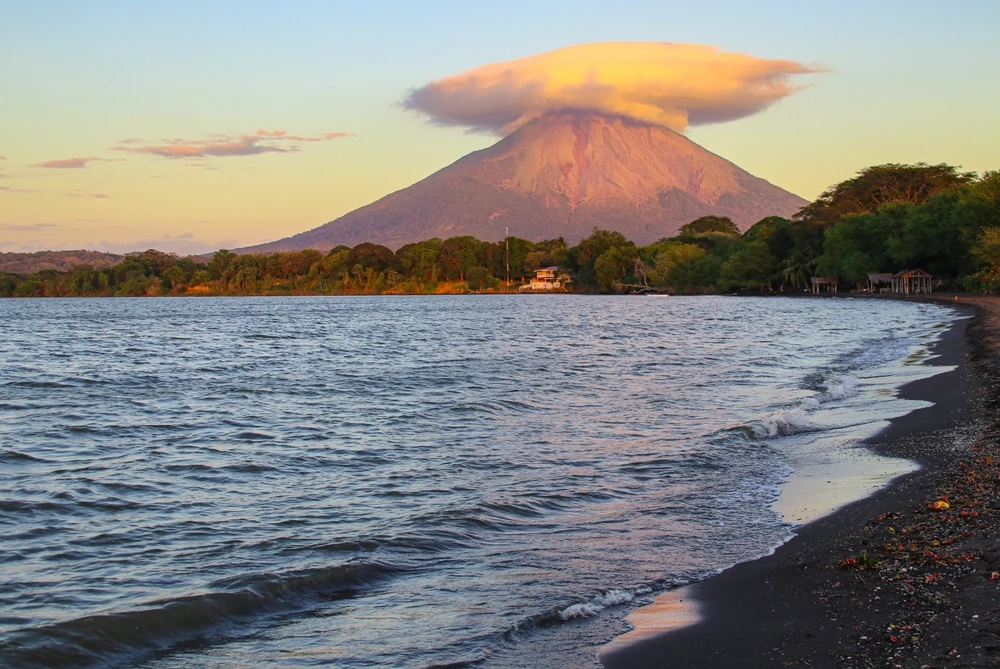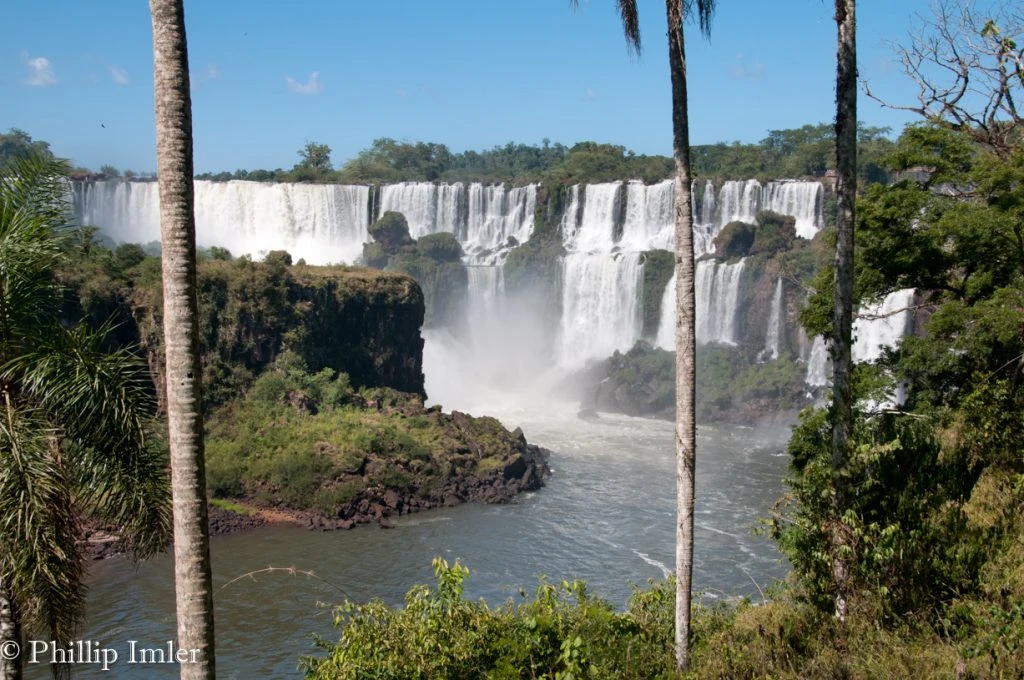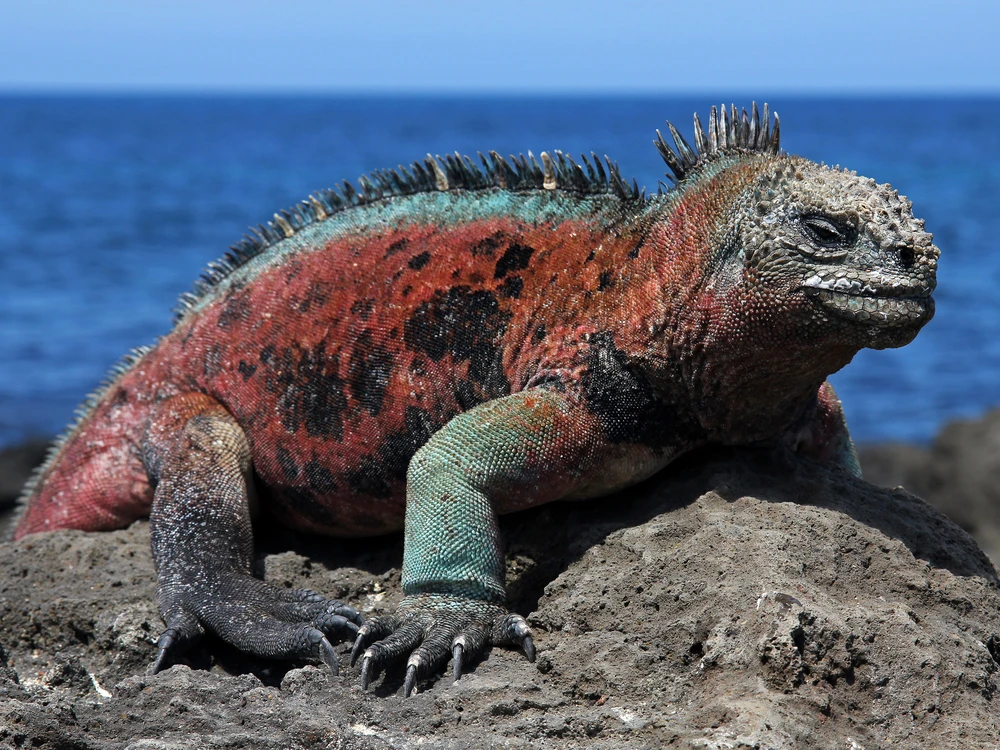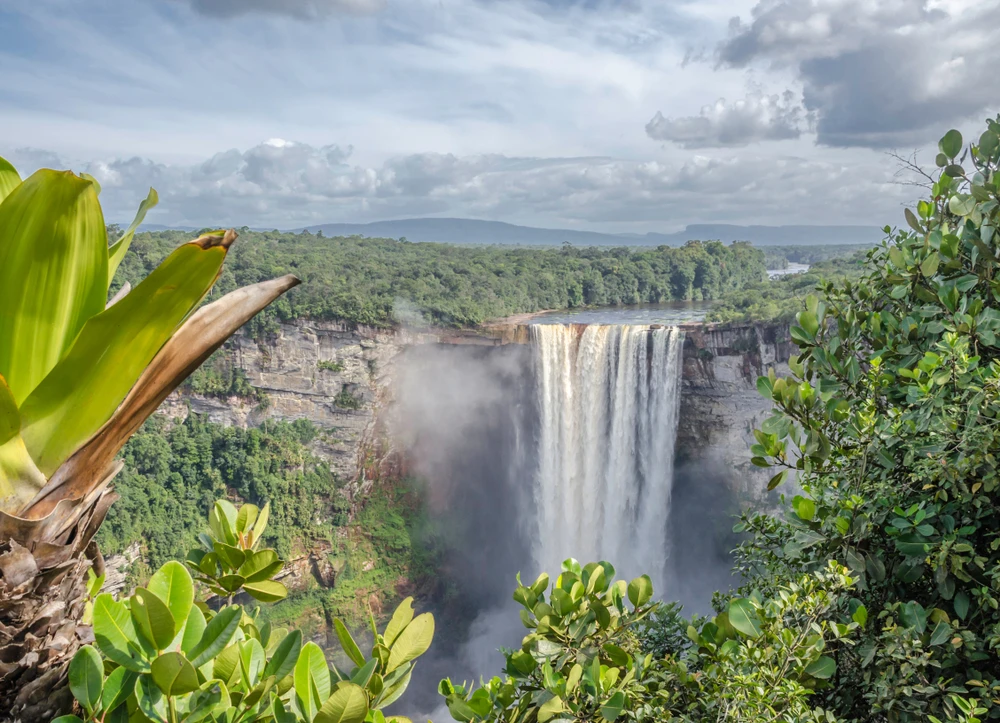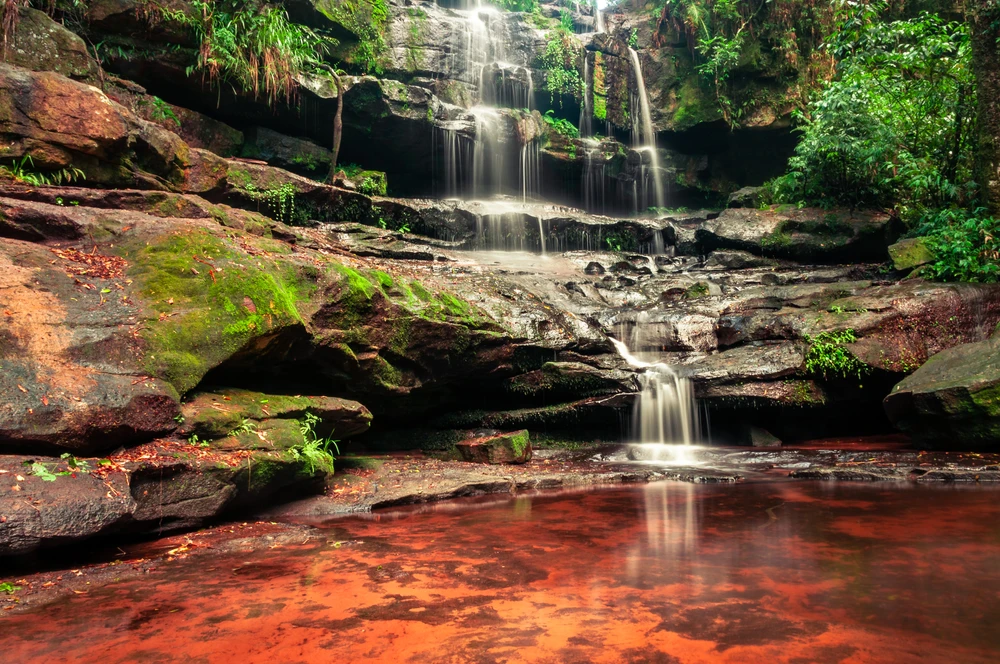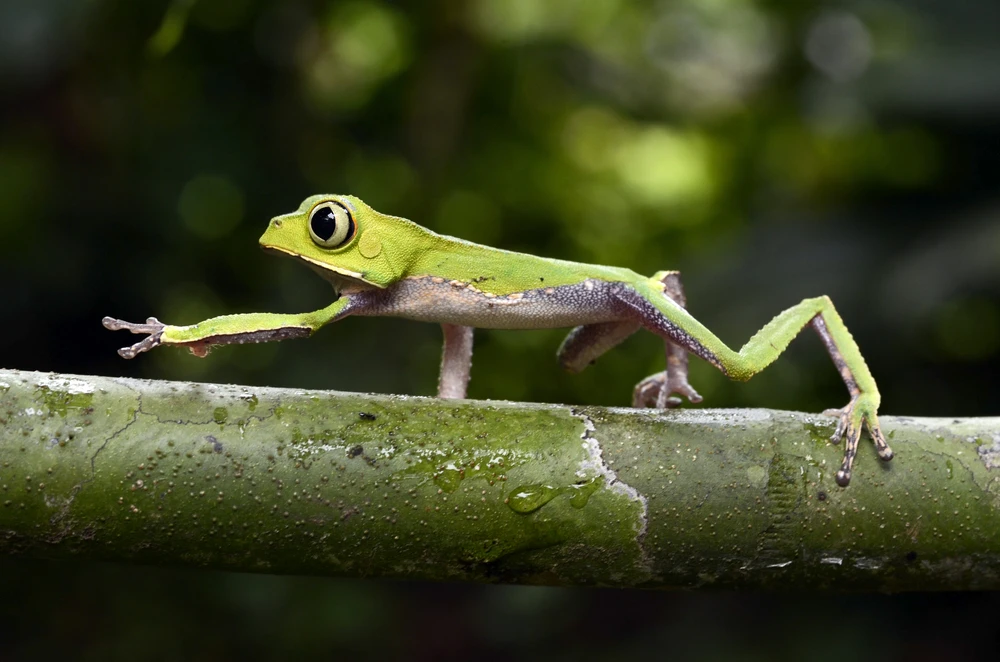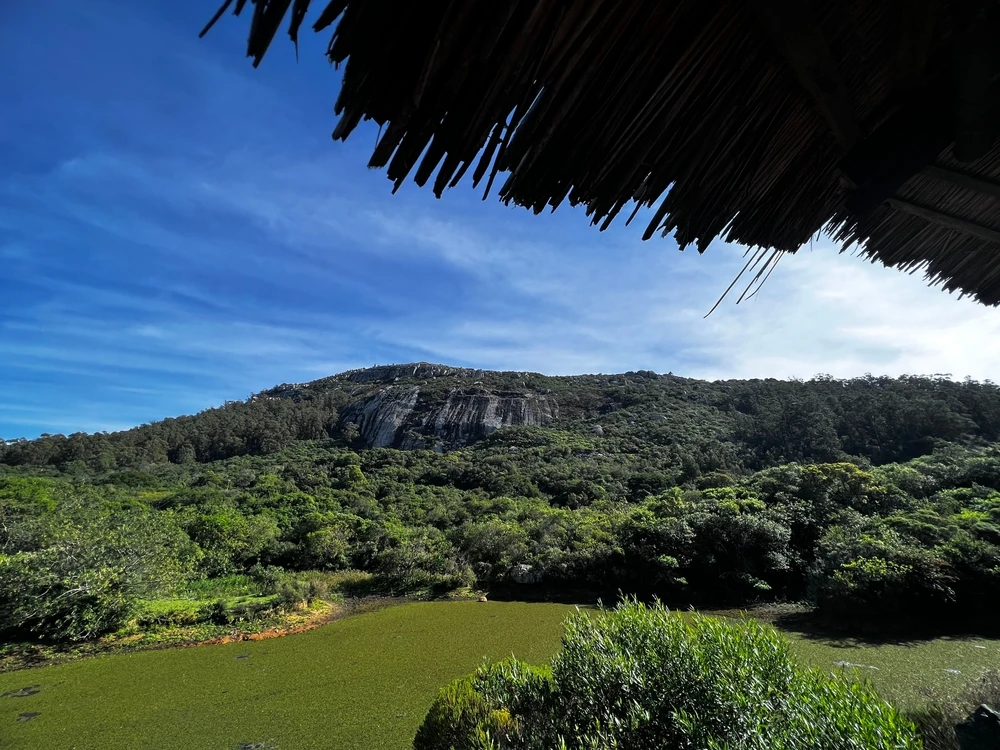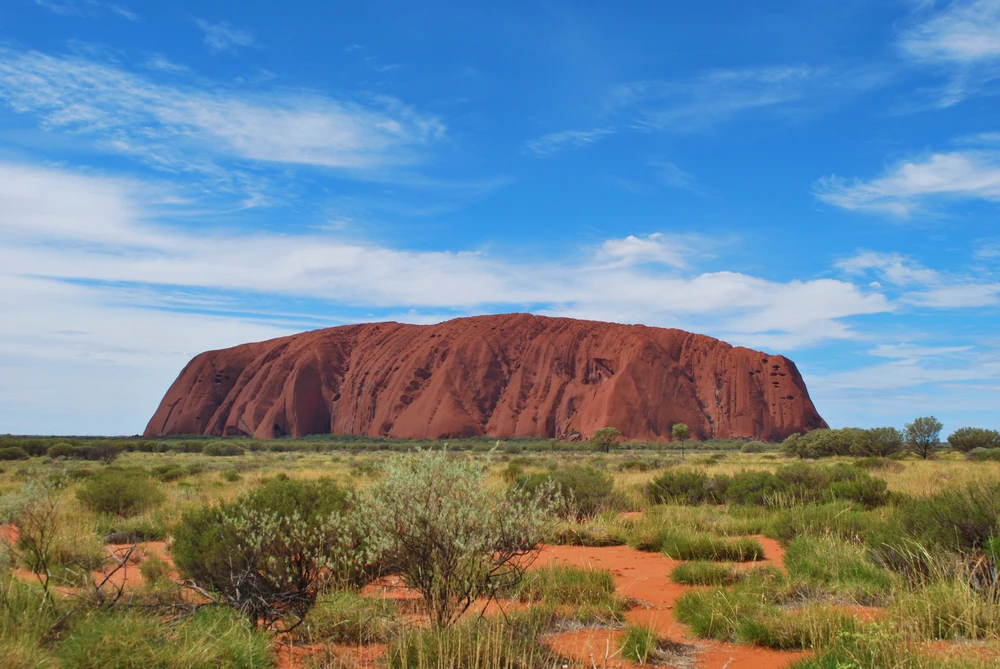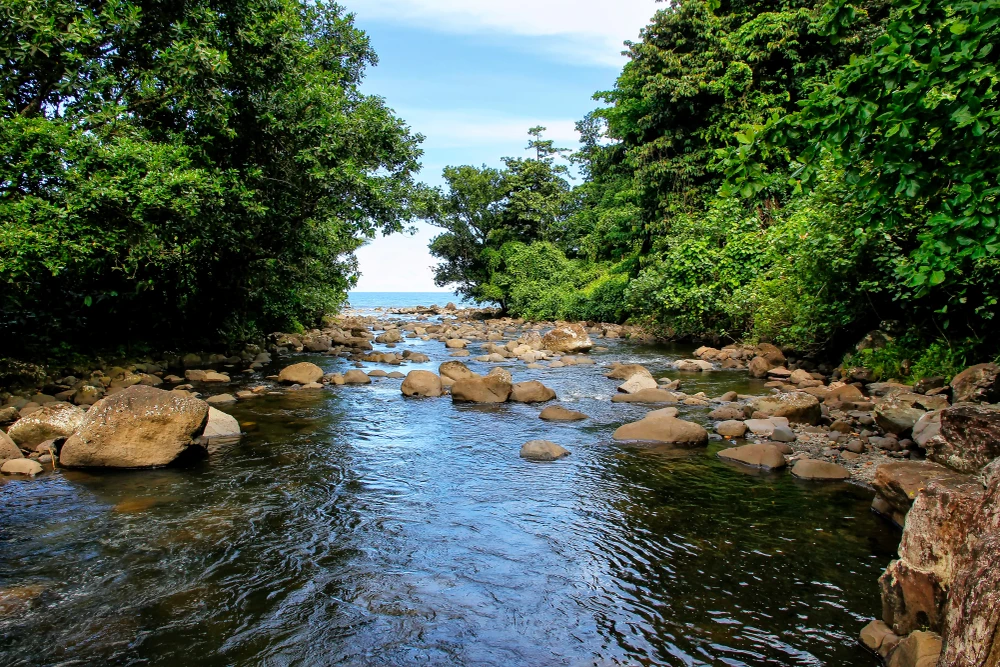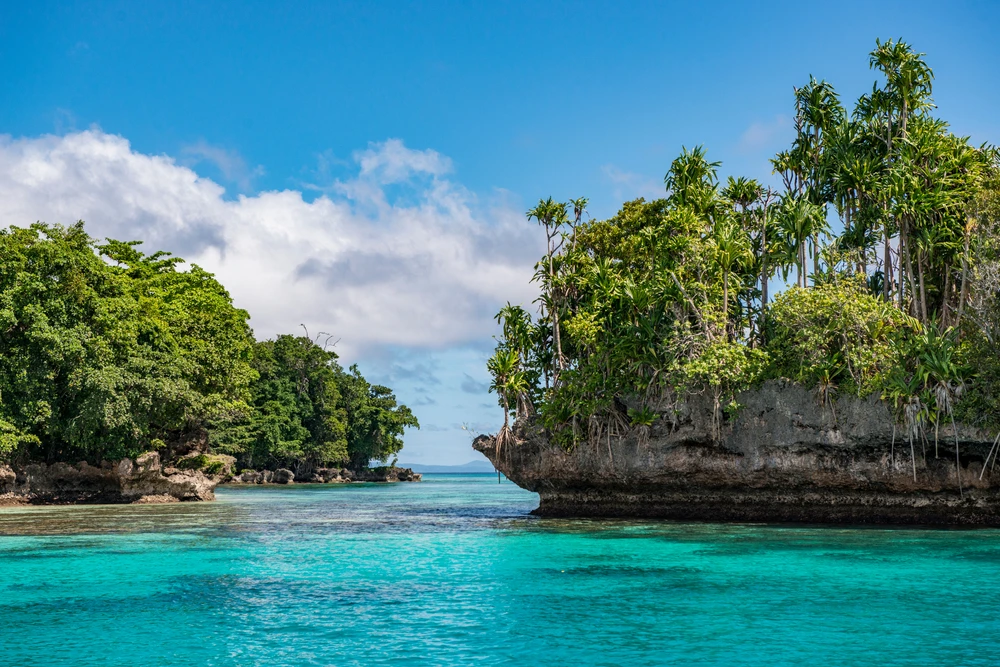Yurubí Overview
Yurubí National Park, known locally as Parque Nacional Yurubí, is a protected area located in the Sierra de Aroa mountain range in Yaracuy State, Venezuela. Established on March 18, 1960, the park spans approximately 91.4 square miles (236.7 square kilometers).
Its primary purpose is to safeguard the Yurubí River basin, which supplies fresh water to the city of San Felipe. The park’s terrain is characterized by the rugged landscapes of the Sierra de Aroa Mountains. The northern slopes rise abruptly from the flatlands of the Valles Marítimos Occidentales, creating striking scenery.
Due to the proximity to the Caribbean Sea and the unobstructed path for moist winds, the park supports wet montane and cloud forests at elevations below 1,800 meters, which is lower than typical for such habitats. The southern slopes are steeper and border the city of San Felipe. The average annual rainfall is about 1,580 mm, and the mean temperature is approximately 26.5°C.
The vegetation within Yurubí National Park includes cloud forests and low montane forests. These forests are rich in biodiversity, though comprehensive studies are limited. The park is home to at least 68 bird species, including the oilbird (Steatornis caripensis), which has a colony in a cave on the northern slope—the first recorded in Yaracuy.
Mammalian fauna includes 64 species of bats, 13 carnivores, 9 rodents, 5 marsupials, and 2 primates. Notable mammals observed in the park are the red-tailed matacán deer and the howler monkey (araguato).
Visitors to the park often frequent the Leonor Bernabó Recreational Area, which features a swimming pool and facilities for educational purposes. This area is managed by a private concession, and it attracts approximately 300 visitors each weekend. Another area, Guayabita Recreational Area, was abandoned in 1999 but has potential for future recreational and educational use.
The park offers several trails that traverse its diverse landscapes. These paths are primarily used by researchers and the few visitors who explore the park. Activities such as bird watching, hiking, and nature study are popular ways to engage with the park’s natural beauty. The absence of roads through the park enhances its pristine condition, making it a haven for those seeking solitude in nature.
Despite its well-preserved state, Yurubí National Park faces conservation challenges. Illegal hunting, particularly in the northern sector, poses a threat to wildlife. The lack of sufficient infrastructure, such as ranger stations and communication equipment, hampers effective monitoring and enforcement.
Additionally, the park is vulnerable to forest fires, especially on the drier southern slopes adjacent to agricultural lands. Human encroachment and potential colonization are ongoing concerns, necessitating vigilant management and community engagement to ensure the park’s long-term preservation.
In summary, Yurubí National Park is a vital natural reserve in Venezuela, offering a sanctuary for diverse flora and fauna. Its unique landscapes and ecosystems provide valuable opportunities for recreation, education, and research. Continued conservation efforts are essential to protect this ecological treasure for future generations.



